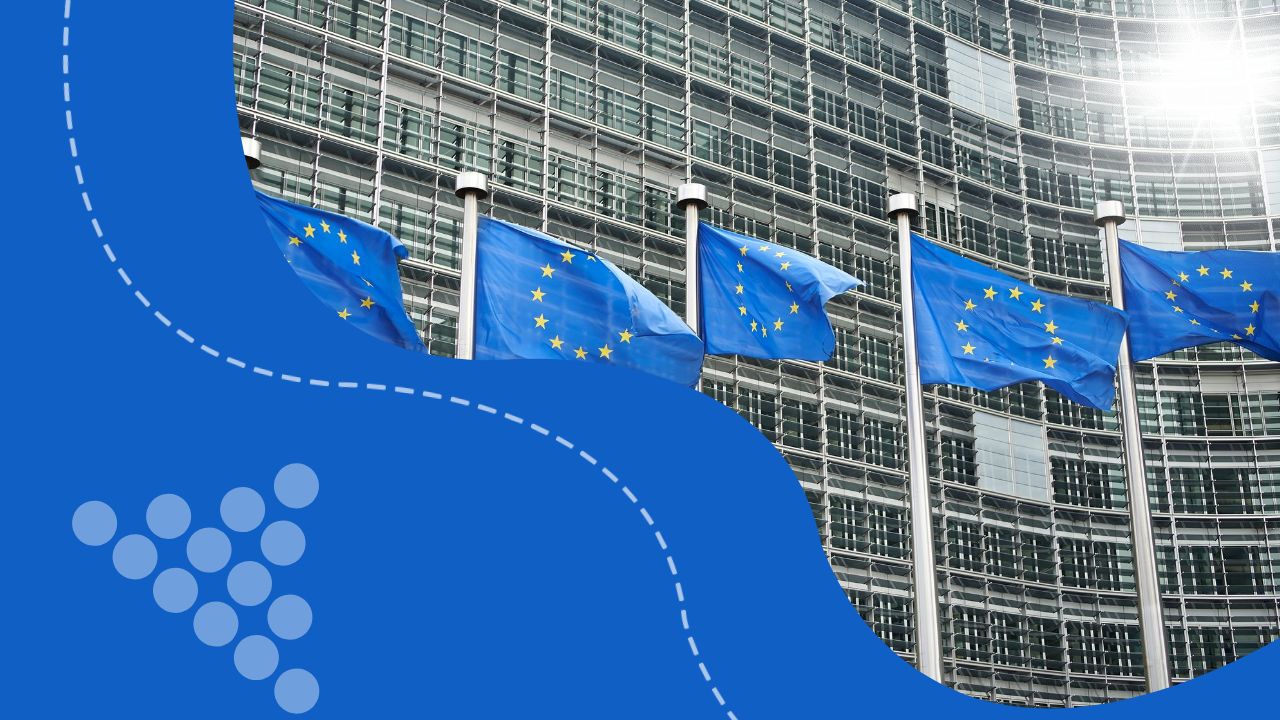The European Union is on a mission to become a climate-neutral economy by 2050, driving a green and digital revolution. But this ambition hinges on securing a reliable supply of critical raw materials (CRMs) – the essential building blocks for everything from batteries and electric vehicles to wind turbines and defense technologies.
To address this challenge, the EU launched the Critical Raw Materials Act (CRMA) in May 2024. The CRMA aims to bolster the EU’s self-sufficiency in CRMs, reduce its reliance on imports, and promote sustainable sourcing. While a crucial step, the CRMA faces significant hurdles in achieving its ambitious goals.
What’s at Stake?
The EU’s dependence on imports for CRMs, particularly from China, poses a significant risk to its economic and strategic autonomy. China’s recent export restrictions on gallium, germanium, and antimony – all vital for key technologies – have sent shockwaves through global markets, highlighting the vulnerability of global supply chains.
The CRMA identifies 34 critical raw materials, including 17 deemed “strategic” due to their importance for green and digital technologies. By 2030, the EU aims to:
- Mine 10% of its annual needs for strategic raw materials within its borders.
- Process 40% of its needs within the EU.
- Recycle 25% of its needs.
- Diversify import sources, with no more than 65% of any single strategic raw material coming from one country.
Obstacles on the Road to Resilience
Despite its ambition, the CRMA has drawn criticism for lacking concrete financial support and relying heavily on regulatory measures. Experts have raised concerns about the EU’s capacity to meet its 2030 benchmarks, citing challenges such as:
- Slow Permitting Processes: Even with streamlined procedures, opening new mines in Europe remains a lengthy process.
- Social Acceptance: Mining often faces local opposition due to environmental and social concerns.
- High Costs: Energy and labor costs in Europe can make mining and processing less competitive compared to other regions.
- Limited Information: Decades of underinvestment in exploration have left the EU with insufficient data on its mineral reserves.
Calls for a Stronger Approach
Several reports and analyses have proposed ways to strengthen the EU’s CRM policy:
- The Draghi Report: Recommends a comprehensive strategy covering the entire CRM value chain, a dedicated EU CRM platform for coordinated action, and increased investment in research and innovation.
- The Letta Report: Suggests using joint purchasing power to establish strategic reserves of key CRMs and promoting circular economy principles.
- Other Proposals: Include creating a European CRM fund, strengthening research and development in alternative materials, and ensuring coherence among EU regulations affecting the CRM sector.
The Way Forward
The new European Commission has acknowledged the urgency of the CRM challenge, promising a “clean industrial deal” to secure access to essential raw materials. However, translating ambition into action will require overcoming significant obstacles.
The EU needs a multi-pronged approach that combines regulatory streamlining, targeted investments, and international cooperation. Boosting domestic production, fostering innovation in recycling and substitution, and building strong partnerships with resource-rich countries will be crucial for securing the EU’s green and digital future.
The CRMA is a crucial first step, but much more needs to be done to ensure that Europe has the resources it needs to thrive in the 21st century.

